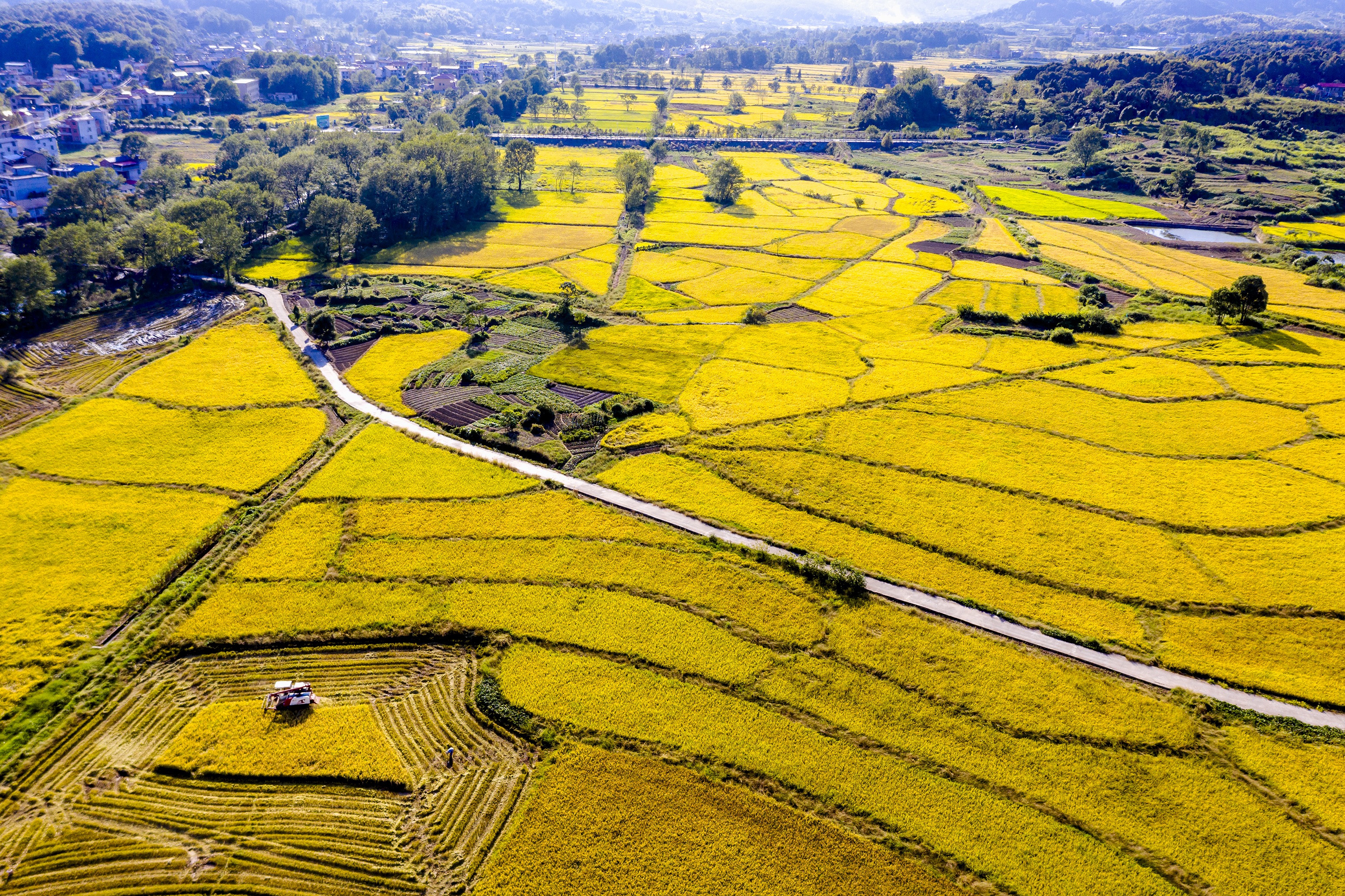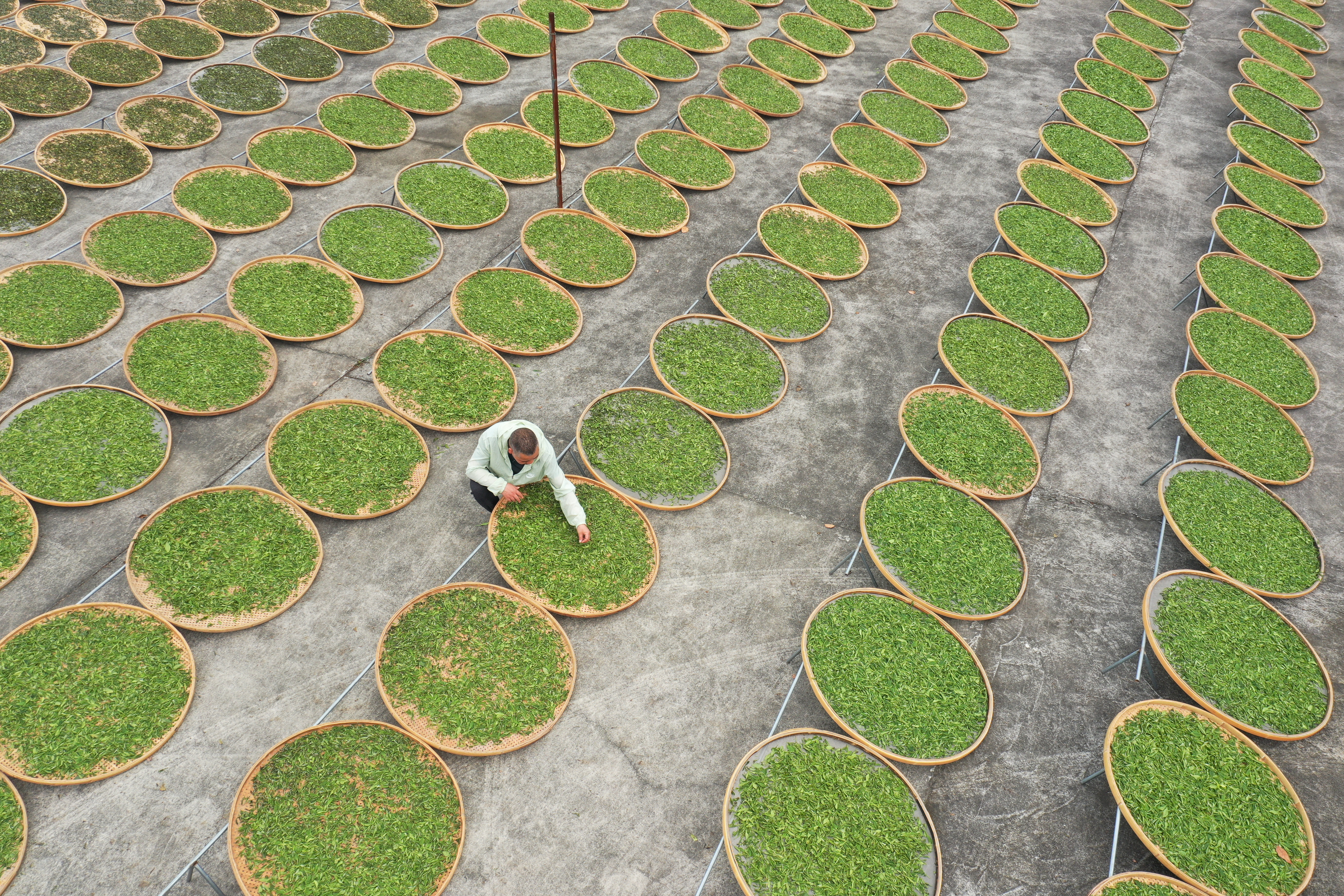China's Food Security Miracle in Past Four Decades

A view of autumn harvest in Dazhi, Hubei province in Ocotober, 2021. (PHOTO:VCG)
By Rukia Hamdan Suleiman
I have been living in China since 2017. Every day, I feel my life is delightful because China is a friendly country with good people, a beautiful environment, comfortable weather, delicious food, and fast development. It was my dream to go abroad to broaden my horizons and get more experience from other nations. Luckily, I got this golden chance to come to China, and now I am attending a Master's program in International Development Policies and Governance at China Agricultural University (CAU). From 2017 to the present, several things have amazed me concerning China. One that stands out is China's food security, which I find very interesting i.e., China's ability to feed more than one billion people sustainably.
How China has successfully fed its large population in the past four decades remains a miracle. A country that suffered from severe hunger and famine in the late 1950s and early 1960s is now one of the world's most food self-sufficient countries. Structural changes in the late 1970s made China economically prosperous and increased its ability to produce an adequate amount of food to feed its population. As the world worried about China's rapid population increase, the country proved its ability to feed its entire population and even other parts of the world in the past four decades.
Furthermore, with only seven percent of the world's cropland, China currently feeds 22 percent of the world's population. It produces 18 percent of the world's cereal grains, 29 percent of the world's meat, and 50 percent of the world's vegetables. As a result of its success, China has become the world's most outstanding agricultural economy, and it is the world's largest producer of pork, wheat, rice, tea, cotton, and fish. China's agricultural output has expanded at double the rate of the U.S. total. That is a remarkable turnaround from the problems of China's agriculture in the 1960s and 1970s, under collective farms, before the country's 1978 economic reform. Compared to the rest of the world, China has made significant progress toward long-term food security.
China's long-standing food strategy aims to achieve and maintain a high level of self-sufficiency in food production. Large grain reserves, both on the farm and at the state level, are an essential aspect of food security management. Nonetheless, it has activated important production factors, such as land and finance for the agriculture growth strategy (2015-2030). As a large country with the largest population of about 1.4 billion, China has ensured self-reliant agricultural production to control its food supply based on its experience of strengthening scientific and technological support for grain production, while remaining primarily self-reliant in food supply.
China is currently placing a greater emphasis and priority on agricultural development and rural areas by vigorously implementing the rural revitalization strategy and continuing to modernize and commercialize agriculture.
Rukia Hamdan Suleiman is an MA student from Tanzania. This article belongs to the Outcome of 2021 MA Teaching Project "PBL Pedagogy on China Experience Sharing" by Li Li, Associate Professor, CIDGA, CAU.


